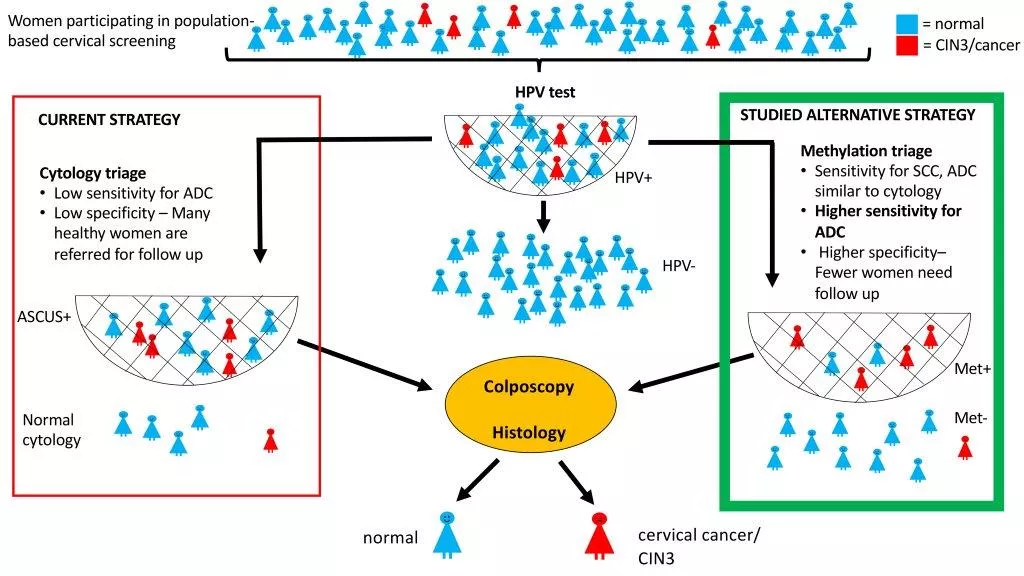Tumor Virology
The field of tumor virology has provided groundbreaking insights into the causes of human cancer. In my research at Lund University I focus on I) characterization of human papillomavirus (HPV)-associated mechanisms for disease development and II) use of HPV for prevention of disease.
Concerning HPV-associated benign tumors as recurrent laryngeal papilloma, we study de-regulated pathways of the local immune response by the use of Nanostring technology, and we hope that results will have the potential to be therapeutically useful.
For prevention of HPV-associated diseases, HPV-mRNA is a target for automated large scale detection of high grade cervical uteri dysplasia and we study quality outcomes of the cervical cancer-screening program, including self-sampling that was implemented in September 2021 in Region of Skåne.
In addition to HPV, we also investigating methylation markers which may have the potential to pave the way to full molecular screening within the prevention-program of cervical cancer (Figure 1).
Recently, we are engaged in a Head and Neck cancer study were we investigate the dynamics of HPV in plasma during treatment, by sensitive digital droplet PCR (ddPCR).

Figure 1. Schematic description of cervical screening. HPV-testing has a very high sensitivity for identification of women at risk of cervix cancer development and has therefore been implemented in the population based screening program in several countries. But the specificity is low, meaning that most HPV-positive women will not develop cancer or precancerous lesions. Currently, cytology is often used as a complementary analysis, to assess which women need follow up. Hypermethylation of the human genes FAM19A4 and miR124-2 could be an alternative or complement to cytology. Recently we observed that methylation showed a higher sensitivity to identify adenocarcinoma than cytology (Lindroth et al Acta Obstet Gynecol Scand. 2024). Neither method could identify all women with future cancer or CIN3: the little red figures below the sieves represent women with a negative result despite severe dysplasia (with permission from Ylva Lindroth).
People
- Ola Forslund, PI
- Louise Pedersen, Lab technician
- Tove Wadenius, Lab technician
- Ylva Lindroth, PhD student
Funders
ALF
Reg FOU
FUN
SUS Fonder
Laryngfonden
Österlund
Mas Cancer

